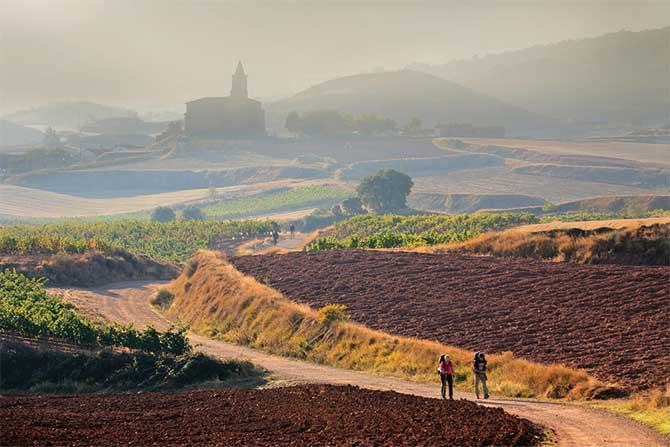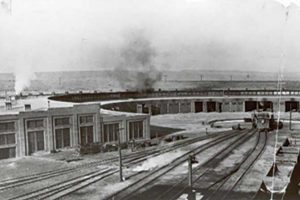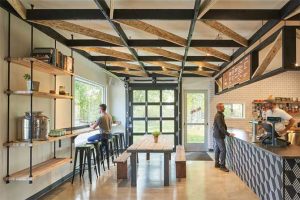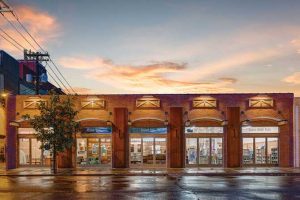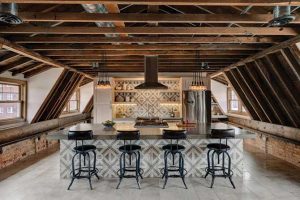By Dan Hart, FAIA
There is an ancient pilgrimage route across Northern Spain’s rugged terrain. It’s a network of paths leading to the Cathedral of Saint James called the Camino de Santiago. Most people now travel one of the more popular paths, but the original pilgrims set out from their own homes to make their way to the cathedral.
Pilgrims on this journey are headed toward enlightenment, but face obstacles all along the way. At the beginning of this year, the AIA National Board knew we were facing a certain set of obstacles; in fact, it was the crisis of climate change, and we were focused.
We knew we had work to do when it came to climate action, and we needed to bring it home in two different ways. Metaphorically, we needed to bring it home to ourselves and our members — to clarify and inform people what real climate action is. More literally, we needed to bring it home by making climate action real and consequential in our firms, chapters and communities.
Little did we know what other obstacles lay ahead.
At that point, the coronavirus was a blip on the screen … a seemingly inconsequential threat located far, far away. Suddenly, toward the end of March, it came near and loomed large, and the whole world went home.
Then, in late May, George Floyd was killed, and those who had suffered the consequences of centuries of racial injustice and inequity awakened those of us who hadn’t been paying attention.
Racial injustice, the coronavirus pandemic and climate change are three interrelated challenges, three nested crises. The combination is overwhelming. Or it would be, except we know how to approach highly complex, interrelated challenges through design. Design is our superpower.
As architects, we know that the only durable impacts on any of these three challenges will holistically address all three. There is an interesting symmetry here. Architects know our social contract stipulates we are the stewards of the built environment related to health, safety and well-being:
- Health (human and economic) characterizes the challenge
of COVID-19. - Safety (social and systemic) characterizes racial injustice.
- Well-being (of people and the planet) characterizes climate change.
The holistic view is the key to focus on our priority of Climate Action. We need to approach all three of these challenges at once.

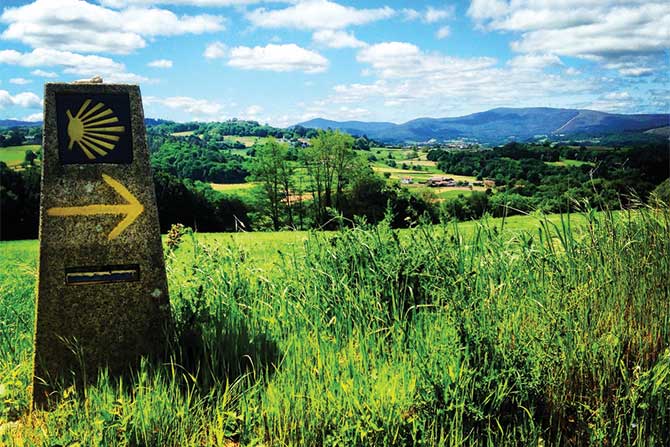
Our responsibility as architects is to find our agency at the intersection of these three nested crises related to the built environment. We have discovered that our efforts can be fruitful in making the built environment more sustainable, safer and healthier for all. Just as we have an opportunity at this intersection to do good in an altruistic sense, we have an opportunity to do well in a business sense.
Our profession can find profound relevancy and prosper precisely because we stepped up to help society.
Along the Camino de Santiago, people have always been eager to support the pilgrims. Over time, they’ve built several thousand structures — churches, hostels and hospitals among them. Why? The health (hospitals), safety (hotels) and well-being (churches) of the pilgrims. The structures themselves stand in support, and the people who built them shout encouragement to the pilgrims in Latin: Ultreia! It means “onward!”
In one sense, the Camino is AIA. We are the ones who have created those structures along the way so that our members can persist and thrive despite obstacles. In another sense, the Camino is society, and we architects are the ones who make sustaining the built environment possible by addressing health, safety and well-being.
The real pilgrim knows, the point is not just to reach enlightenment at the St. James Cathedral. It is also to embrace the power of the experience, bring it home again, and transform the ordinary into the extraordinary.
As daunting as these nested crises seem, I have faith we will prevail. We are architects. We have each other. We have design. I have never been prouder to call myself an architect or to be a member of AIA. I hope you feel that way too. I hope you will say it with me: ULTREIA! ONWARD!
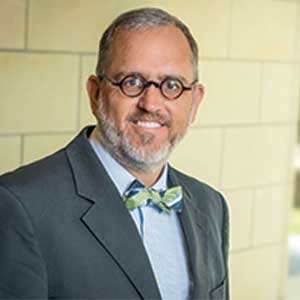
Dan Hart, FAIA, P.E. is the executive vice president of architecture, a member of the board of directors and a principal with Parkhill, Smith & Cooper, a 450-person firm in Texas, New Mexico and Oklahoma. Based in Austin, Dan has been the Texas Society of Architects president and the American Institute of Architects (AIA) strategic council moderator. He is finishing his final year on the AIA board of directors, chairing the Public Outreach Committee and co-chairing the COVID-19 Business Continuity Task Force. He will be the national president of the AIA in 2022.
Dan was a dual degree graduate in architecture and civil engineering at Texas Tech and went on to licensure as both architect and engineer. Dan has taught architectural engineering at Texas Tech University to senior-level students.
Dan was the 2017 Texas Tech University College of Architecture Distinguished Alumnus and the founding president of the college’s Design Leadership Alliance.
Dan is proud to have served as the liaison from the AIA Board to the Western Mountain Region over the last three years.
This story appears in the 2020 Directory of the Wyoming Architecture Magazine.


